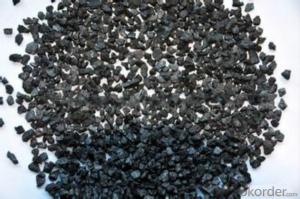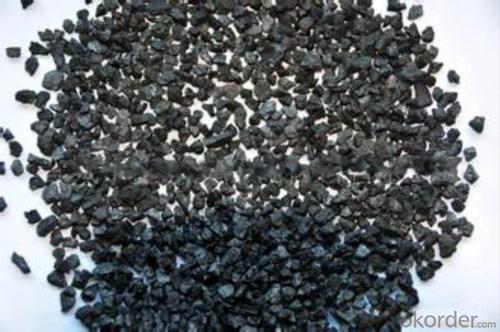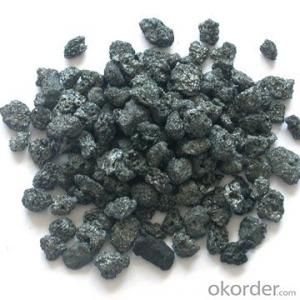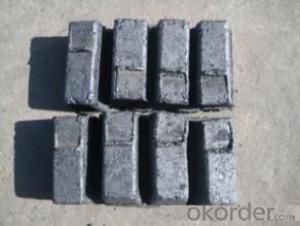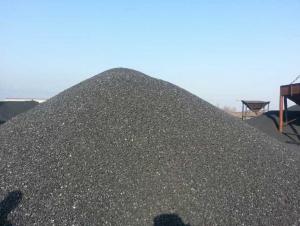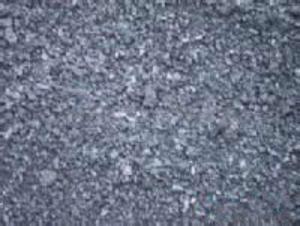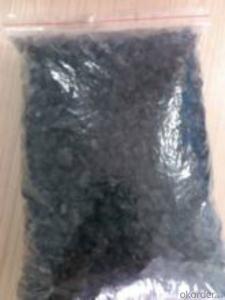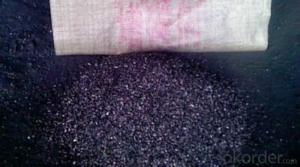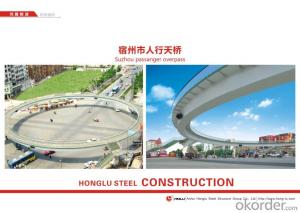S0.5% GCA with Ash 4% for steel plant made in China
- Loading Port:
- Tianjin
- Payment Terms:
- TT OR LC
- Min Order Qty:
- 21 m.t.
- Supply Capability:
- 1010 m.t./month
OKorder Service Pledge
OKorder Financial Service
You Might Also Like
Introduction:
Calcined anthracite can be called carbon additive, carbon raiser, recarburizer, injection coke, charging coke, gas calcined anthracite.It is playing more and more important role in the industry
Best quality Anthracite as raw materials through high temperature calcined at over 2000℃ by the DC electric calciner with results in eliminating the moisture and volatile matter from Anthracite efficiently, improving the density and the electric conductivity and strengthening the mechanical strength and anti-oxidation. It has good characteristics with low ash, low resistivity, low sulphur, high carbon and high density. It is the best material for high quality carbon products. It is used as carbon additive in steel industry or fuel.
Features:
G-High Calcined Anthracite is produced when Anthracite is calcined under the temperature of 1240°C in vertical shaft furnaces. G-High Calcined Anthracite is mainly used in electric steel ovens, water filtering, rust removal in shipbuilding and production of carbon material. We are professional in quality control and customer service
Specifications:
F.C.% | 95MIN | 94MIN | 93MIN | 92MIN | 90MIN | 85MIN | 84MIN |
ASH % | 4MAX | 5MAX | 6 MAX | 6.5MAX | 8.5MAX | 12MAX | 13MAX |
V.M.% | 1 MAX | 1MAX | 1.0MAX | 1.5MAX | 1.5MAX | 3 MAX | 3 MAX |
SULFUR % | 0.3MAX | 0.3MAX | 0.3MAX | 0.35MAX | 0.35MAX | 0.5MAX | 0.5MAX |
MOISTURE % | 0.5MAX | 0.5MAX | 0.5MAX | 0.5MAX | 0.5MAX | 1MAX | 1MAX |
Pictures
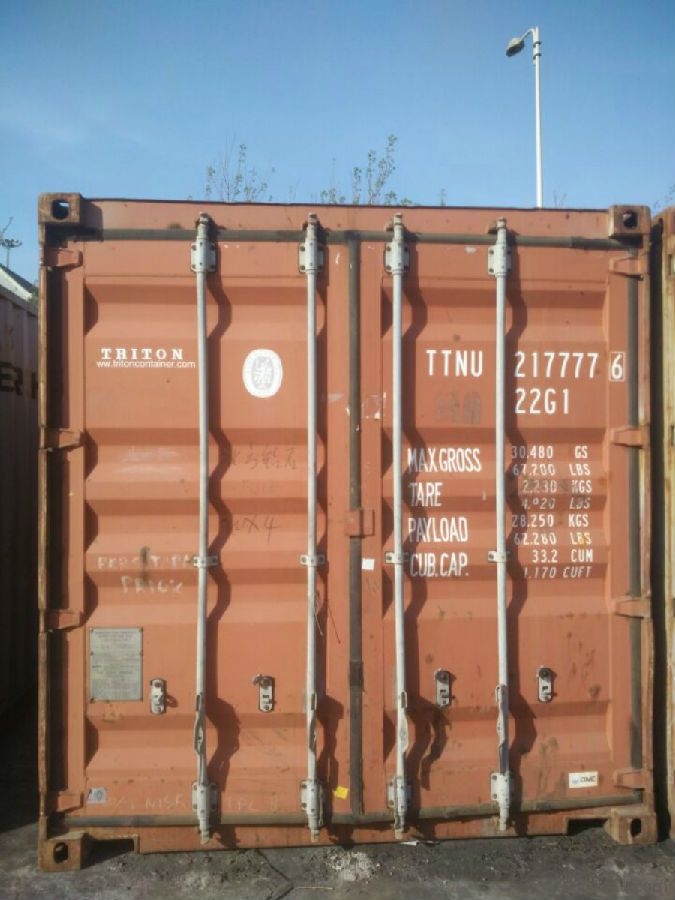
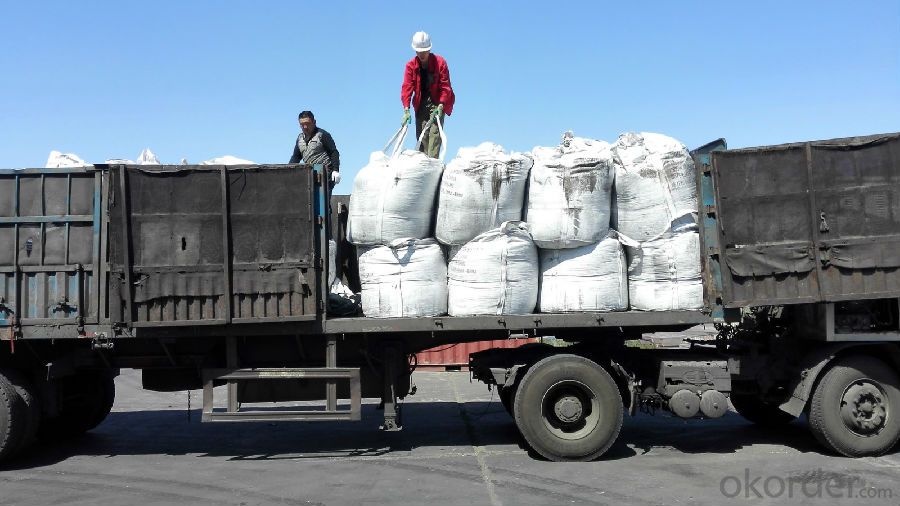
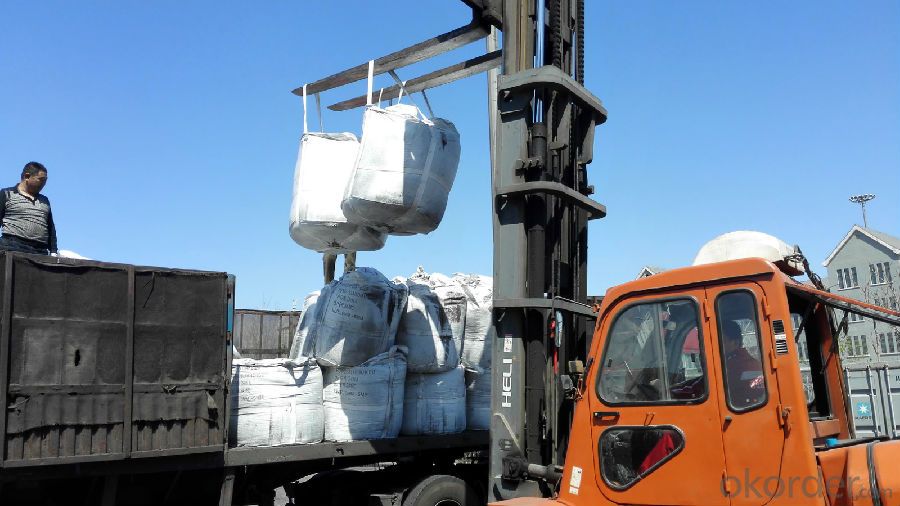
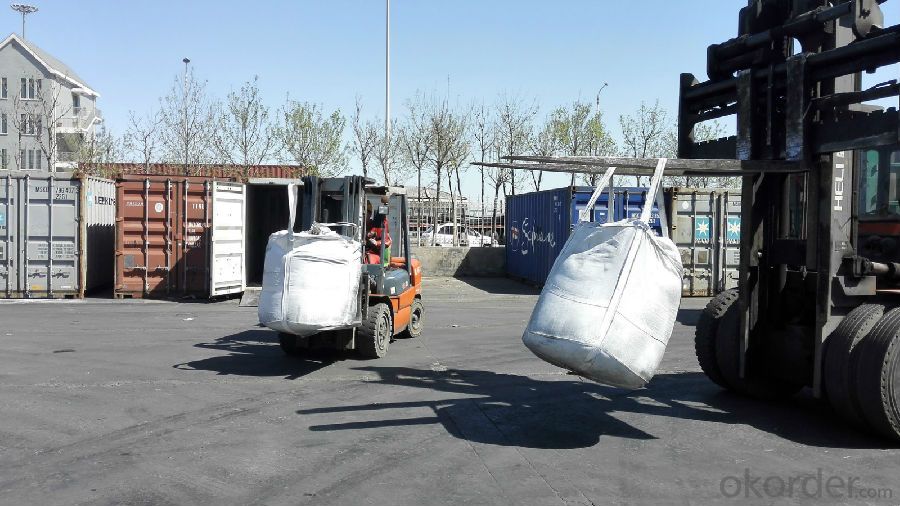
FAQ:
Packing:
(1). Waterproof jumbo bags: 800kgs~1100kgs/ bag according to different grain sizes;
(2). Waterproof PP woven bags / Paper bags: 5kg / 7.5kg / 12.5kg / 20kg / 25kg / 30kg / 50kg small bags;
(3). Small bags into jumbo bags: waterproof PP woven bags / paper bags in 800kg ~1100kg jumbo bags.
Payment terms
20% down payment and 80% against copy of B/L.
Workable LC at sight,
Any questions, pls kindly contact us
- Q: What is carbon offsetting in aviation?
- Carbon offsetting in aviation is a mechanism that aims to neutralize the carbon emissions produced by the aviation industry. As airplanes are a significant source of greenhouse gas emissions, carbon offsetting provides a way for airlines and passengers to take responsibility for their carbon footprint and contribute to the fight against climate change. The process of carbon offsetting involves calculating the amount of carbon dioxide and other greenhouse gases emitted during a flight and then investing in projects that reduce an equivalent amount of emissions elsewhere. These projects can include renewable energy initiatives, forest conservation, or methane capture projects. The idea is that the emissions reduced or removed by these projects offset the emissions produced by the aviation industry. To participate in carbon offsetting, airlines or passengers can purchase carbon offsets, which are essentially credits representing the reduction or removal of one metric ton of carbon dioxide or its equivalent. These offsets are generated by certified projects that meet strict standards and are independently verified. By investing in carbon offsets, the aviation industry can contribute to global efforts to reduce greenhouse gas emissions and mitigate the impact of air travel on climate change. It allows airlines and passengers to take immediate action to counteract the environmental consequences of flying, as the reduction or removal of emissions from offset projects helps to balance out the emissions produced by air travel. Carbon offsetting in aviation is not a means to justify or ignore the need for long-term solutions to reduce emissions from aircraft. It should be seen as a complementary measure to other strategies such as investing in more fuel-efficient aircraft, using sustainable aviation fuels, and implementing operational improvements. However, carbon offsetting does provide a valuable tool to mitigate emissions in the short term while the aviation industry works towards more sustainable practices.
- Q: What's a carbon cloth to do as a fish pole?
- This is difficult, usually with a lathe like tool, by heating in the brush, layer by layer roll up, and finally cut off paint, baking
- Q: How can individuals reduce their carbon footprint?
- Achieving a more sustainable future and reducing our carbon footprint can be accomplished through various actions. Consider the following effective methods: 1. Energy consumption reduction: The conservation of energy plays a vital role in decreasing carbon emissions. Make the switch to energy-efficient appliances, turn off lights when not in use, unplug electronics when not in use, and take advantage of natural lighting whenever possible. Additionally, adjusting thermostats to energy-saving temperatures and utilizing programmable thermostats can significantly decrease energy consumption. 2. Utilize renewable energy sources: A transition to renewable energy sources, such as solar or wind power, can drastically reduce carbon emissions. Install solar panels on rooftops, or explore the option of purchasing green energy from utility companies that provide renewable alternatives. 3. Decrease water usage: Indirectly, conserving water aids in reducing energy consumption and carbon emissions. Repair leaky faucets, shorten shower durations, install water-saving fixtures, and gather rainwater for outdoor activities. Additionally, consider implementing drought-resistant landscaping to minimize water usage for gardening purposes. 4. Consume mindfully: When making purchases, opt for sustainable choices. Select durable and long-lasting items, repair and reuse rather than replacing, and prioritize products made from recycled or sustainable materials. Furthermore, support local and sustainable businesses that prioritize eco-friendly practices. 5. Minimize transportation emissions: Reduce reliance on private vehicles by utilizing public transportation, carpooling, biking, or walking whenever feasible. If owning a car is necessary, choose electric or hybrid vehicles. Regular maintenance, proper tire inflation, and avoiding unnecessary idling all contribute to decreasing transportation emissions. 6. Embrace a plant-based diet: The food industry has a considerable carbon footprint, particularly due to livestock production. By reducing meat consumption or adopting a plant-based diet, carbon emissions can be significantly reduced while also offering health benefits. If a complete plant-based diet is not feasible, try incorporating more vegetarian or vegan meals into your eating habits. 7. Decrease waste generation: Waste contributes to greenhouse gas emissions, making waste reduction crucial. Opt for products with minimal packaging, diligently recycle, compost organic waste, and avoid single-use plastics. Plan meals, only purchase what is needed, and properly store leftovers to minimize food waste. 8. Support environmental initiatives and organizations: Engage with local and global organizations dedicated to environmental conservation. Take part in community clean-ups, support reforestation efforts, and advocate for sustainable practices in your workplace and community. By implementing these strategies into our daily lives, individuals can make a significant impact in reducing their carbon footprint and combating climate change. It is important to remember that every small action matters, and collectively, we can create a sustainable future for future generations.
- Q: What are the consequences of increased carbon emissions on social inequality?
- Social inequality is profoundly affected by the increase in carbon emissions. The main consequence is the worsening of existing inequalities, especially in disadvantaged communities. Firstly, marginalized communities, including low-income neighborhoods and developing countries, are disproportionately affected by the effects of climate change caused by carbon emissions. These communities often lack the necessary resources and infrastructure to withstand extreme weather events like hurricanes or flooding, which makes them more vulnerable and leads to loss of livelihoods. Secondly, the economic impact of carbon emissions, such as higher energy costs and reduced agricultural productivity, widens the gap between the rich and the poor. Wealthy individuals can adapt to these changes, while those with limited financial resources struggle to cope, resulting in increased poverty and socio-economic disparities. Furthermore, carbon emissions contribute to health disparities. Low-income neighborhoods, where industrial plants and highways are often located, are disproportionately affected by polluted air caused by carbon emissions. This leads to higher rates of respiratory diseases and other health issues in marginalized communities, exacerbating existing health inequalities. Moreover, the consequences of climate change, driven by carbon emissions, can force communities to relocate, resulting in social disruption and increased competition for resources. This further marginalizes vulnerable populations and creates conflicts over land and resource access. Lastly, the consequences of carbon emissions on social inequality are not limited to specific regions but have global implications. Developing countries, which contribute less to carbon emissions but bear a disproportionate burden of the impacts, face significant challenges in addressing climate change due to limited resources and technological capabilities. This perpetuates global inequalities. In conclusion, the increase in carbon emissions has severe consequences for social inequality. It amplifies existing disparities, particularly affecting marginalized communities, through the disproportionate impacts of climate change, economic hardships, health disparities, forced displacement, and global inequalities. Addressing carbon emissions and climate change is essential not only for environmental sustainability but also for promoting social justice and reducing social inequality.
- Q: What are the effects of carbon emissions on the stability of coastal ecosystems?
- Carbon emissions have significant negative effects on the stability of coastal ecosystems. The increased concentration of carbon dioxide in the atmosphere leads to ocean acidification, which disrupts the delicate balance of marine ecosystems. This acidity affects the growth and development of various organisms such as corals, shellfish, and other calcifying organisms, jeopardizing the health of coral reefs and shellfish populations. Additionally, rising sea levels, a result of climate change caused by carbon emissions, threaten coastal habitats, including wetlands and mangroves, which serve as critical nurseries and protective buffers against storms. Overall, carbon emissions contribute to the degradation and vulnerability of coastal ecosystems, compromising their stability and the services they provide to both marine life and human communities.
- Q: Is aluminum alloy expensive or high carbon steel expensive?
- Here is a concept to be worked out:High carbon steel is more carbon in iron. The strength is better than general iron.Aluminum alloy is not pure aluminum, if it is pure aluminum frame, it can not be used as frame, aluminum alloy frame generally after T6 (T4), the intensity is absolutely guaranteed.Now the material is generally so divided:The iron - Aluminum Alloy frame - magnesium alloy - titanium alloy, carbon fiberThe top is divided into grades.
- Q: What is the role of carbon in the human body?
- Carbon plays a crucial role in the human body as it is a fundamental element for all organic molecules. It is the backbone of many biomolecules, including carbohydrates, lipids, proteins, and nucleic acids, which are essential for various physiological processes. Firstly, carbon is a key component of carbohydrates, which are the primary source of energy for the body. Glucose, a simple sugar composed of carbon, hydrogen, and oxygen, is broken down in cells to release energy through cellular respiration. Additionally, carbon forms the structure of complex carbohydrates like glycogen, which is stored in the liver and muscles as an energy reserve. Secondly, carbon is present in lipids, such as fats and oils, which serve as an energy source, insulation, and protection for organs. Carbon atoms are arranged in long hydrocarbon chains, making lipids hydrophobic and allowing them to store and release energy efficiently. Lipids also play a crucial role in cell membrane structure and hormone production. Furthermore, carbon is a fundamental component of proteins, which are involved in almost all cellular processes. Proteins are composed of amino acids, and carbon atoms form the backbone of these amino acids, providing stability and flexibility to the protein structure. Carbon also participates in the formation of peptide bonds, which link amino acids together to build proteins. Proteins are essential for various functions, including enzyme catalysis, transport and storage of molecules, immune response, and cell signaling. Lastly, carbon is a vital element in nucleic acids, such as DNA and RNA, which contain genetic information. Carbon atoms form the sugar-phosphate backbone of nucleic acids, providing stability to the structure. DNA carries hereditary information, while RNA plays a crucial role in protein synthesis. In summary, carbon is essential in the human body as it forms the basis of organic molecules like carbohydrates, lipids, proteins, and nucleic acids. Its versatility and ability to form stable bonds allow for the diverse functions and structures necessary for life processes.
- Q: What are the problems that should be paid attention to in the injection molding of the material? Who has some details about carbon fiber injection? Thank you for sharing
- Carbon fiber melting point at about 3000 degrees (isolation oxygen, oxygen, about 400 degrees will be oxidized), itself can not be injection processing, only carbon fiber filled plastic can be injection molding.
- Q: What are the meanings of carbon, graphite, burr, two cuts and four cuts in steel?.
- Carbon element; carbon is carbon steel, round steel, Primeton is end of carbon steel, which is common round, is construction steel.Flash is to flash, or two bending. Two cuts; one cut two on average, three segments, four cuts; an average cut of four, and five segments. The back is industry talk.
- Q: How does carbon dioxide affect the acidity of rainwater?
- Carbon dioxide affects the acidity of rainwater by contributing to the formation of carbonic acid. When carbon dioxide dissolves in rainwater, it reacts with water molecules to form carbonic acid. This reaction increases the concentration of hydrogen ions (H+) in the water, leading to a decrease in pH and the formation of acidic rainwater. The carbonic acid formed from carbon dioxide is a weak acid, but it can still lower the pH of rainwater, making it more acidic than normal. This increased acidity can have detrimental effects on the environment, including damaging plant and animal life, corroding buildings and infrastructure, and affecting aquatic ecosystems.
Send your message to us
S0.5% GCA with Ash 4% for steel plant made in China
- Loading Port:
- Tianjin
- Payment Terms:
- TT OR LC
- Min Order Qty:
- 21 m.t.
- Supply Capability:
- 1010 m.t./month
OKorder Service Pledge
OKorder Financial Service
Similar products
Hot products
Hot Searches
